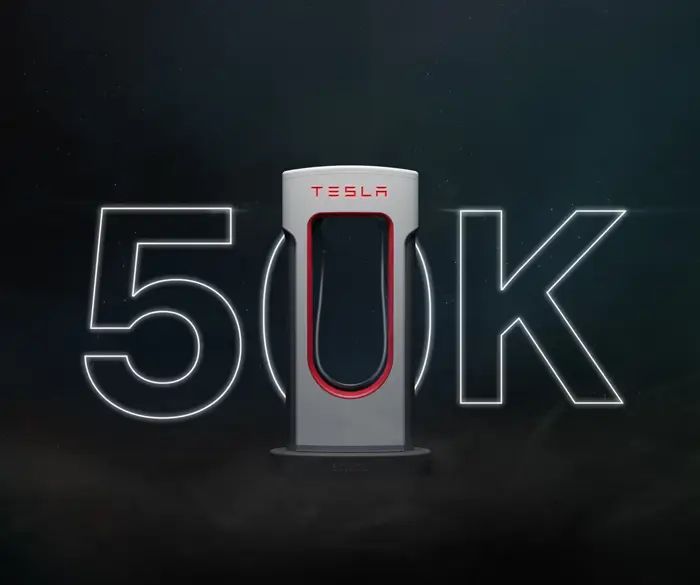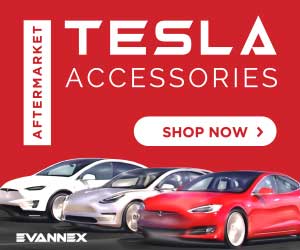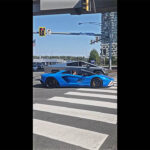The electric vehicle (EV) market has been a focal point of the automotive industry in recent years, with consumer interest steadily growing alongside technological innovations. A recent report by JD Power highlights a key trend — consumer satisfaction with EVs is increasing, although gradually.
Consumer dissatisfaction with EVs in the past largely stemmed from several key issues. Early 2000s models were still plagued by limited driving ranges, often struggling to cover more than 200 miles on a single charge. This created significant “range anxiety” for divers, who feared being stranded without access to a charging station.
Additionally, the charging infrastructure has been sparse and unreliable, making long-distance travel in an EV impractical for many. As the number of EVs on the roads continues to climb, more charging stations are needed to meet the demand. This imbalance has led to dissatisfaction among owners. However, there are promising signs of progress, as overall satisfaction with public charging stations has improved for the second consecutive quarter.

According to JD Power’s findings, this incremental rise in satisfaction reflects the industry’s ongoing efforts to address the challenges that have historically deterred potential buyers. These issues include concerns over battery life, charging infrastructure, and the overall driving experience compared to traditional internal combustion engine vehicles. While the progress isn’t rapid, it’s steady, suggesting that manufacturers’ focus on improving these areas is resonating with consumers.
One of the key factors contributing to the increase in satisfaction is the expansion of charging infrastructure. As more stations become available, the convenience of owning an EV improves, alleviating one of the major anxieties for potential buyers. The report indicates that consumers with access to reliable and convenient charging options are generally more satisfied with their ownership experience.
A notable area of improvement is in customer satisfaction with direct current (DC) fast chargers, which has risen by 10 points on JD Power’s 1,000-point scale compared to the same period in 2023. This improvement contrasts with a slight decline in satisfaction with public Level 2 charging, which dropped by three points over the past year. However, Level 2 chargers can achieve a full charge between four to 14 hours, significantly faster than Level 1 chargers.
The increase in satisfaction with DC fast chargers is partially attributed to all EV owners gaining access to Tesla’s extensive Supercharger network, which was previously exclusive to Tesla vehicles. This access has provided drivers with a more reliable and convenient charging experience, leading to higher satisfaction rates among those who can now use Tesla’s superior infrastructure.

Tesla’s Supercharger network continues to set the standard for public charging, ranking highest among DC fast chargers for the fourth consecutive year. Tesla owners remain largely content with the network, though there’s been a slight decline in satisfaction due to increased usage by non-Tesla vehicles.
Despite this, Tesla’s ease of charging and payment systems, which include automatic plug-and-pay features, remain highly valued by all EV users. These advances — along with the gradual expansion of public charging infrastructure — indicate that while challenges remain, the EV industry is making strides in enhancing the overall consumer experience.
Although major changes have occurred, non-charge visits remain an issue for EV owners. According to the study, 19% of EV owners reported visiting a charging station only to be unable to charge their vehicle. This figure represents a minimal improvement from 2023, with just a 1% decrease in failed attempts. The most common reason for these failures — affecting 61% of incidents — was that the charger was out of service or simply wouldn’t work. This was particularly frustrating for drivers and undermined confidence in the reliability of these public networks.
While the rise in consumer satisfaction with EVs may be slow, it’s undeniably steady. However, transitioning to EVs is a long-term process requiring continuous technological and infrastructure advancements. As the industry continues to evolve, consumer satisfaction is expected to follow suit, paving the way for more widespread adoption in the years to come.
Stay tuned for constant Tesla updates, follow us on:
Google News | Flipboard | X (Twitter) | RSS (Feedly).
Related Tesla/EV News
- Tesla (TSLA) sends a massive number of Cybertrucks to Canada — deliveries starting today
- Tesla FSD v13 to process ‘Audio Inputs’ for the first time to detect emergency vehicles, auto-honk also added to the list
- Watch a Cybertruck smoke a Lamborghini in a street race
- FSD v13 to go public by Thanksgiving, Tesla shares a detailed rollout roadmap, ASS coming to China and Europe, more
- Starship Flight 6 booster static fire test, 2nd stage catch next year, more updates
- Tesla FSD makes a mind-blowing move seeing an oncoming emergency vehicle (video)








